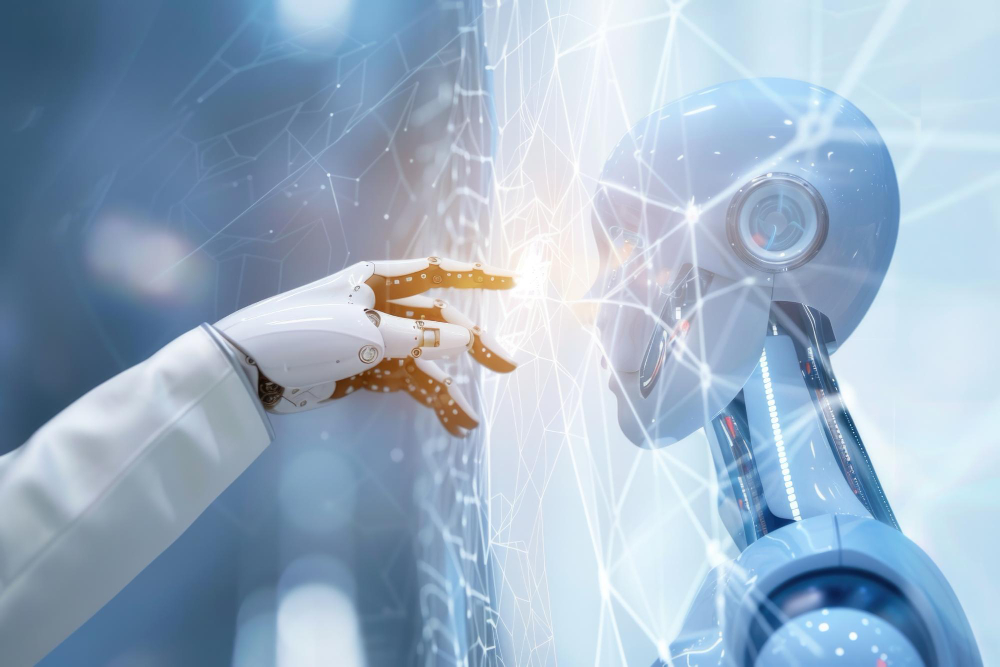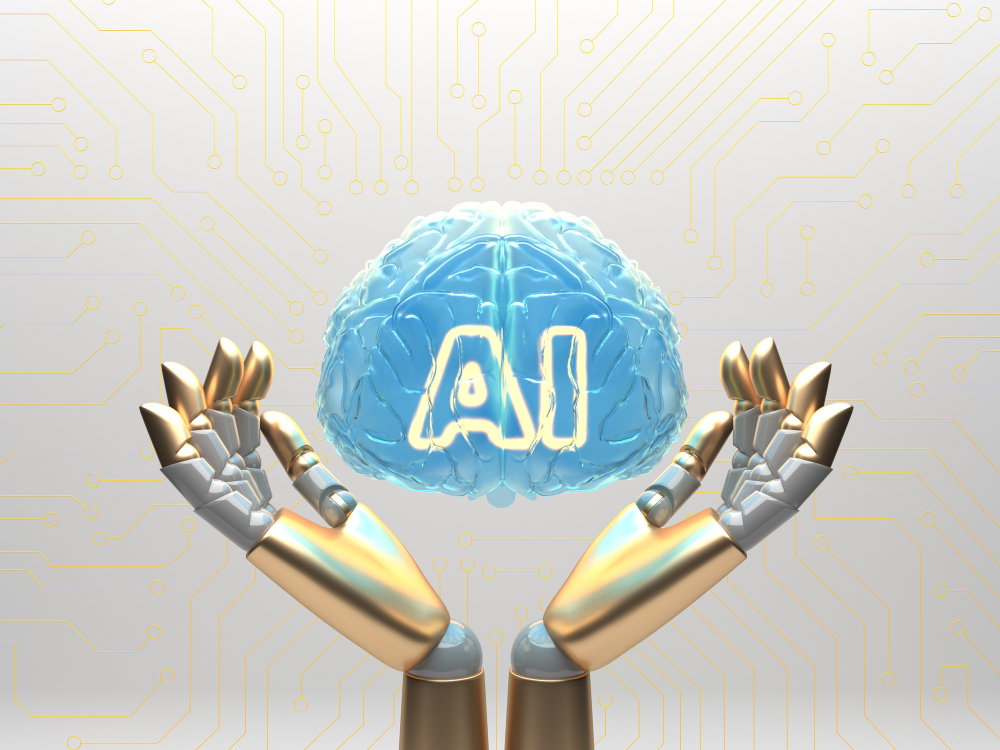In today’s digital world, AI and automation are transforming industries at an unprecedented pace. Businesses leverage these technologies to enhance efficiency, reduce costs, and optimise operations. But what exactly are AI and automation, and how do they differ? Are they the same, or does AI enhance automation?
This blog will provide a detailed comparison between AI and automation, covering key concepts, differences, and their impact on businesses.
1. Is Automation Considered AI?
Automation and AI are often used interchangeably, but they are not the same. While both aim to improve efficiency, their underlying technologies and capabilities differ.
1.1 What is Automation?
Automation refers to using predefined rules and processes to perform tasks with minimal human intervention. It does not involve learning or decision-making capabilities.
Examples of Automation:
Email Auto-Responses: Rules-based automation sends emails when specific actions occur.
Manufacturing Robots: Robots perform repetitive tasks like assembling parts.
Payroll Processing: Automated payroll systems calculate salaries and deductions.
1.2 Is Automation a Form of AI?
No, automation is not AI. AI involves machine learning, data analysis, and decision-making, while automation follows pre-programmed rules without adaptability.
Pro Tip: Businesses should combine automation with AI to enhance operational efficiency beyond basic rule-based systems.
2. Is AI and Automation the Same Thing?
2.1 Understanding AI and Its Capabilities
Artificial Intelligence (AI) goes beyond automation by enabling machines to learn from data, adapt to changes, and make decisions without explicit programming.
AI Capabilities:
Natural Language Processing (NLP): Chatbots that understand and respond to human language.
Computer Vision: AI-powered image recognition for security and healthcare.
Predictive Analytics: AI forecasts trends and behaviours based on data.
2.2 Key Differences Between AI and Automation
| Feature | Automation | AI |
| Decision-Making | No | Yes |
| Learning & Adaptation | No | Yes |
| Human-like Intelligence | No | Yes |
| Predictive Analytics | No | Yes |
| Data-Driven Actions | No | Yes |
Misconception: AI and automation are not interchangeable. AI learns and evolves, while automation follows static rules.
Example: A chatbot that provides scripted responses is automation. A chatbot that learns from interactions and improves over time is AI.
3. Is AI Part of Automation?
AI and automation work together but are distinct concepts. AI enhances automation by adding intelligence, adaptability, and decision-making.
AI in Automation Examples:
AI-Powered Customer Support: Automates responses based on sentiment analysis.
Smart Manufacturing: AI-driven robots adjust actions based on real-time data.
Fraud Detection: AI scans financial transactions for anomalies.
Pro Tip: Businesses should integrate AI into automation for more scalable and intelligent solutions.
4. Is RPA and AI the Same?
Robotic Process Automation (RPA) and AI are closely related but not the same.
4.1 What is RPA?
RPA refers to software robots that mimic human actions to perform repetitive tasks, such as data entry and invoice processing.
RPA Key Features:
- Follows set rules and workflows
- Replaces repetitive tasks
- Works with structured data
4.2 How RPA Differs from AI
| Feature | RPA | AI |
| Rule-Based | Yes | No |
| Decision-Making | No | Yes |
| Data Handling | Structured Data | Both Structured & Unstructured Data |
| Learning Capability | No | Yes |
Example: RPA automates data entry, while AI analyses data trends to predict future needs.
Pro Tip: AI-powered RPA (Intelligent Automation) combines RPA with AI for smarter workflows.
5. How AI Helps Automation
AI is revolutionising automation by making it more adaptive, efficient, and scalable.
5.1 AI-Driven Automation Benefits:
Enhanced Decision-Making: AI analyses real-time data and makes intelligent decisions.
Predictive Maintenance: AI detects machinery issues before failures occur.
Personalised User Experiences: AI adapts automated processes based on user behaviour.
Increased Accuracy: AI reduces human errors in automation
5.2 Examples of AI-Powered Automation
AI-Powered Chatbots: Learn from customer interactions and improve responses.
Smart Logistics: AI optimises delivery routes and supply chain efficiency.
Automated Healthcare Diagnosis: AI assists doctors in analysing medical images.
Pro Tip: AI-driven automation is a competitive advantage that improves speed, cost efficiency, and customer satisfaction.
6. The Future of AI and Automation

The future of AI and automation will see greater collaboration between these technologies, leading to more advanced capabilities.
6.1 Emerging Trends in AI and Automation
Hyperautomation: AI and automation combining to automate end-to-end business processes.
AI-Powered Business Intelligence: AI providing data-driven insights to enhance decision-making.
Autonomous AI Systems: AI-driven automation requiring minimal human intervention.
AI Ethics & Compliance: Businesses focusing on ethical AI use and transparency.
Industry Growth: AI and automation are expected to contribute $15.7 trillion to the global economy by 2030.
7. How Mahad Manpower Agency Helps Businesses with AI and Automation
Mahad Manpower Agency specialises in helping businesses integrate AI and automation solutions by connecting them with top AI experts and automation specialists.
7.1 Why Choose Mahad Manpower?
Expert AI Talent: Access to skilled AI professionals and automation engineers.
Custom AI Solutions: Tailored AI-driven automation strategies for businesses.
Global Reach: Connecting businesses with AI talent across industries.
Cost-Effective Hiring: Streamlining AI-driven workforce solutions for efficiency.
Looking to leverage AI automation for your business? Contact Mahad Manpower Agency today for expert hiring solutions!
Conclusion
AI and automation are transforming the business landscape, but understanding their differences is key. While automation follows rules, AI enhances automation with intelligence and adaptability.
Businesses that integrate AI into automation will achieve greater efficiency, accuracy, and competitive advantage. Are you ready to take the next step?
Let Mahad Manpower Agency help you navigate the AI revolution!

